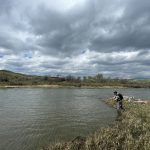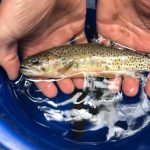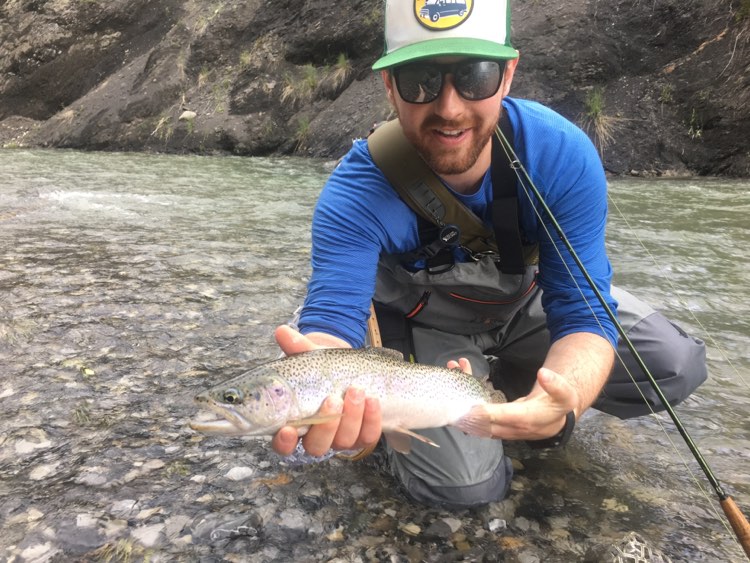
Cutbow Trout: The Future of Alberta’s Cutthroat Streams
As the name implies, a cutbow trout is a hybrid species that is the result of a mating event between a rainbow trout and a cutthroat trout. These species chromosomes arrangements are similar enough that they can mate and their offspring are usually viable and able to reproduce. After enough generations of interbreeding between the two species, the cutbow genes become the dominant genes and the pure genetics of the native westslope cutthroat are slowly diluted, eventually being lost all together. Check out the video below, filmed on a stretch of river that used to be predominantly cutthroat trout but now contains mostly hybrids.
Most anglers in the province have come across a cutbow at some point or another, and thought nothing of it. What most people don’t realize is that practically all of the westlope cutthroat trout in the province today have some amount of hybridization, and pure strain westslope cutthroat trout are only found in about 5 % of their range. This is based on DNA analysis from extensive population monitoring efforts that have taken place throughout the westslope cutthroat trout’s distribution in Alberta. Only remote areas above waterfalls and rapids remain pure and unaltered from the introduction of rainbow trout.
The native range for westslope in Alberta includes the Bow River drainage and the Oldman River drainage (AKA the south saskatchewan river watershed). Any other populations in the province were introduced (Ram River, Blackstone, Red Deer River). Cutthroat have not faired well in the Upper Bow, to the point of near extirpation, and are heavily hybridized in its major tributary, the Highwood River. The majority of pure strain cutthroat are found in the upper headwaters of the Oldman and Castle, above barriers. The overall level of hybridization is much lower in the upper reaches of the Oldman and Castle systems, while hybrids become the dominant catch lower down as the rivers make their way into the prairies.
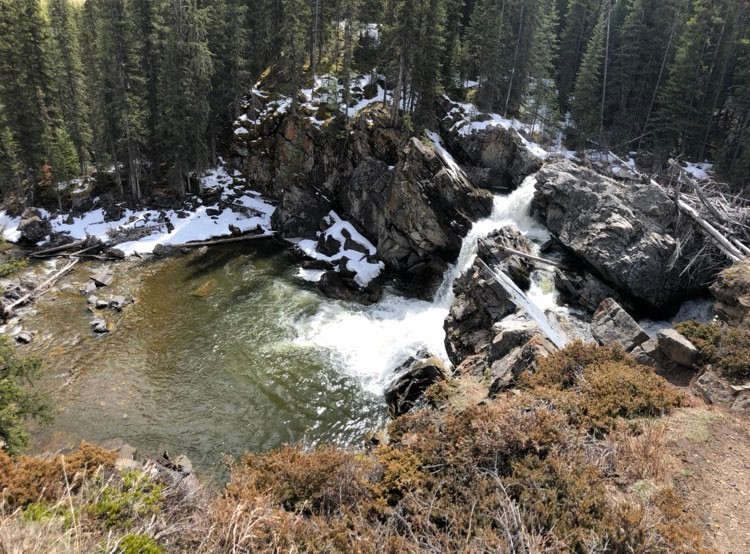
The proliferation of Cutbows into the headwaters of streams offers a glimpse of what we can expect to continue in the years to come. The southeast corner of Alberta is known as the final haven for pure westslope cutthroat in Alberta, and pretty soon we will be unable to call most of these fish cutthroat. Pretty soon all we will have is Cutbows, and who knows whether this species will have the genetic fitness to thrive in their environment indefinitely. Cutthroat are known to be well adapted to their environment, and subpopulations have large genetic variations to account for the harsh environments where they live. The introduced rainbows on the other hand are not specifically adapted to the cutthroats environment, and may not have the same strategies or adaptations that the native species has.
On the other hand, rainbows have shown time and time again that they are hardy and take well to new environments. They reach spawning maturity faster, can withstand greater variations in temperatue, and are likely less susceptible to angling. This gives them the leg up over cutthroat, and also allows them to pass on their genes to the next generation more effectively. While this all spells bad news for pure strain cutthroat trout, their is an argument to be made that rainbows and cutbows will be more resilient to climate change. This is an interesting discussion and is at the forefront of the conversation about westslope cutthroat trout conservation.
How can I identify a Cutbow Trout?
As mentioned earlier, a Cutbow will display traits of both rainbow and cutthroat trout. Identifying a Cutthroat that has some rainbow is easier that identifying a rainbow with some cutthroat, especially if there is no distinctive cutthroat slash. Fisheries managers that work with cutthroat don’t even bother identifying these differences in the field- they simply send a fin clip in for DNA analysis, which will reveal the true genetic makeup of the specimen. With that said, here are a few tricks to identifying pure cutthroat, rainbows, and those that are hybrids.
Westslope Cutthroat Trout
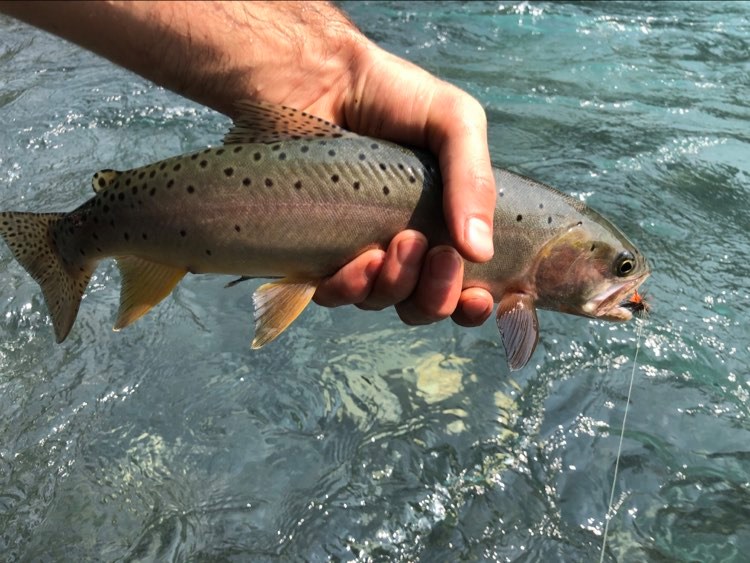
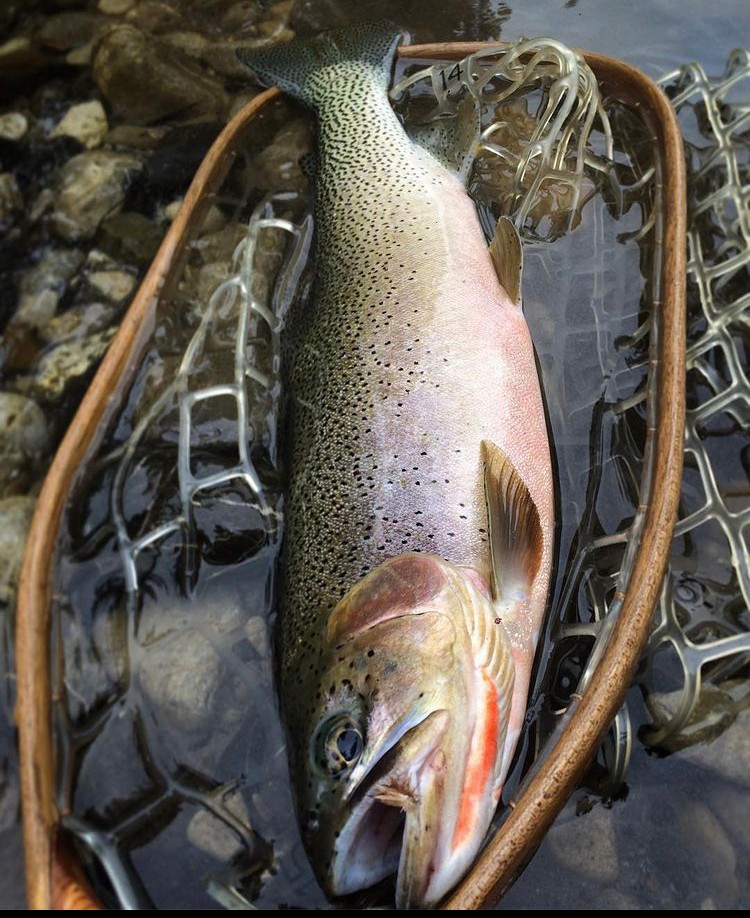
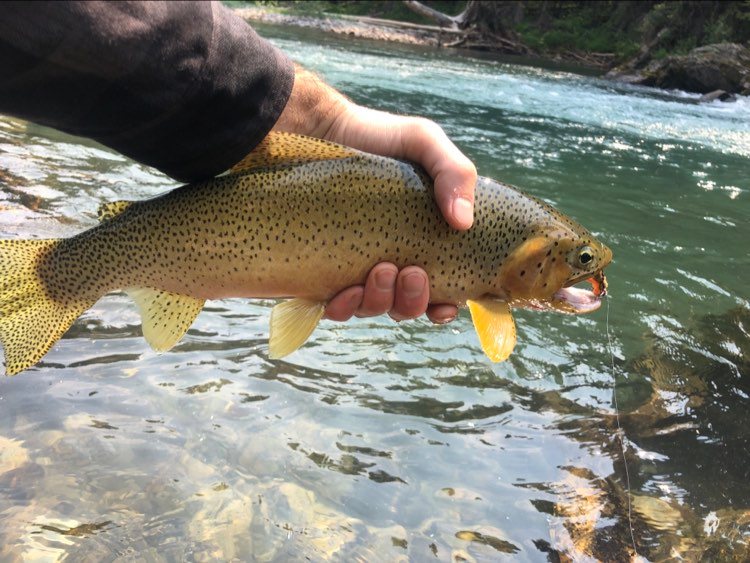
- Pronounced red slash under jaw
- Spots that are very dense on tail and less dense towards head, often large
- No white on anal and pelvic fins
- Color can vary but tends to be more yellow/orange as opposed to chrome
Rainbow Trout
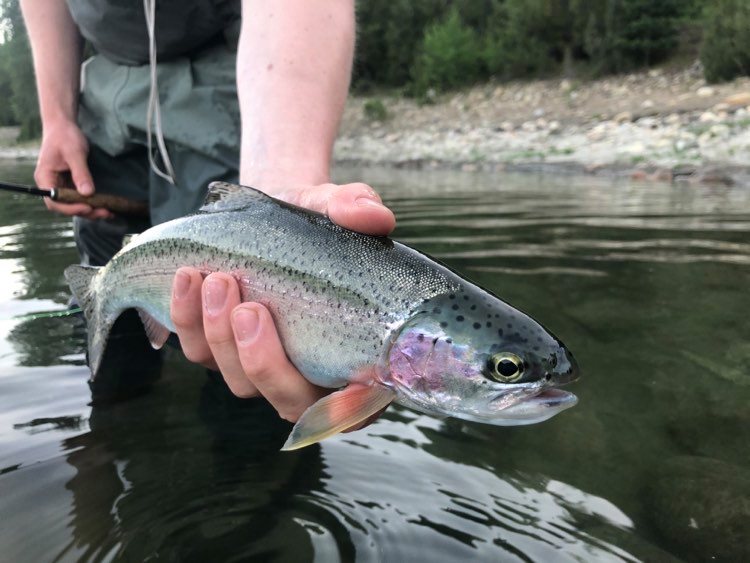
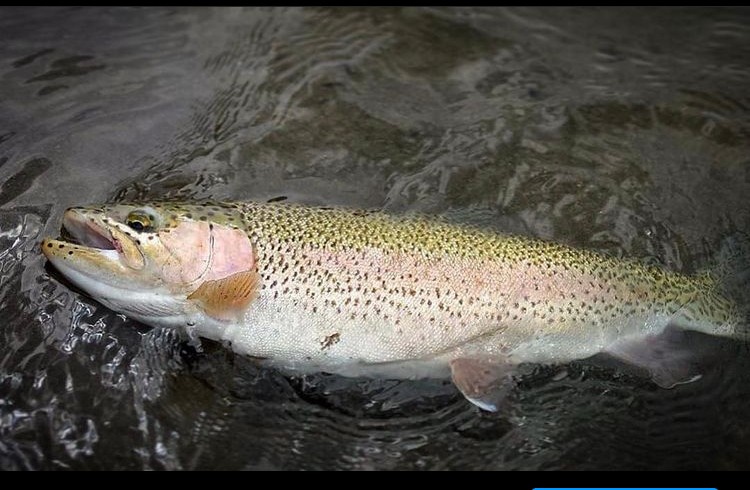

- Spots consistently spaced from tail to head
- Pink stripe along lateral line and pink gill plate
- White stripe on edge of anal and pelvic fins
- Overall colour usually chrome with pink (top is often blueish green)
Cutbow Trout
The most obvious indication for a cutbow trout is a slash under the jaw paired with white tipped anal/pelvic fins. This is a dead giveaway that you are looking at a hybrid. Some examples of hybrids are shown below.
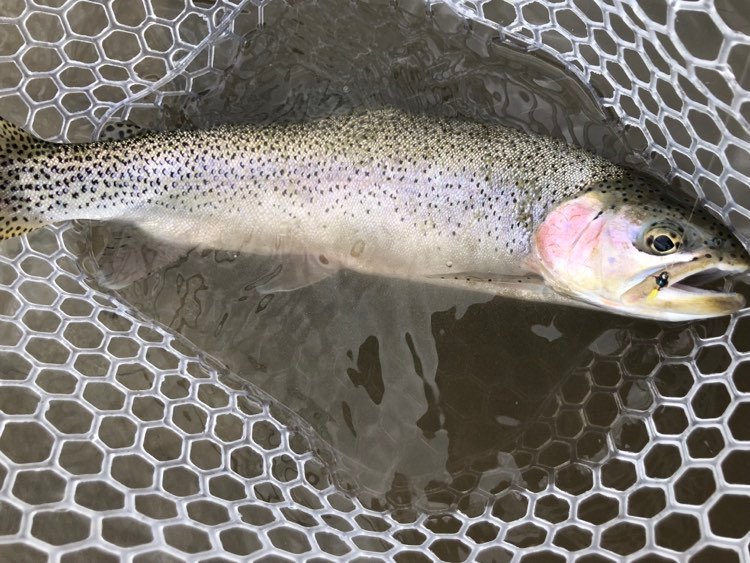
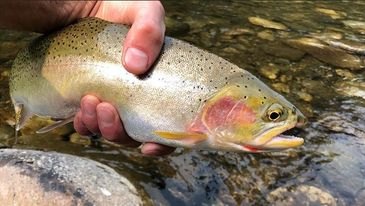
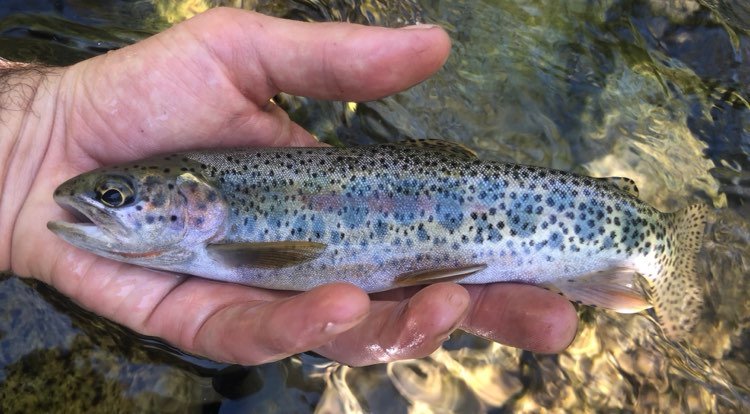
The previous pictures show just how difficult it can be to identify a hybrid on the water. Trout show plenty of variation and this variation makes ID very difficult. As mentioned, the best indicator is the white tipped anal/ pelvic fins- this is a strong rainbow trait and any fish with a cutthroat slash and white tipped fins is a hybrid…. Now that you know, you might be surprised how often you find yourself catching hybrid trout.
The future of Alberta’s streams?
Unfortunately, this hybridization is going to continue into the future and the genetics of cutthroat trout in the province will forever be muddled down by the genes of rainbows, at least in most of their habitat. But that doesn’t mean their aren’t efforts in place to try and protect the genetics of native cutthroat. In fact, work has begun to create a brood stock of genetically pure cutthroat trout, that will be used by the province to stock certain streams and lakes in order to bolster the cutthroat trout genetics. Furthermore, barren stream reaches and alpine lakes that are suitable for cutthroat trout stocking are also being identified, along with stream reaches above barriers that still have pure strain cutthroat. These areas will become stongholds for cutthroat trout that remain genetically pure, and can hopefully allow westslope cutthroat trout to remain as a main attraction for anglers in Alberta.
Thanks for reading, we hope you enjoyed the article and found it informative!
Tight lines!
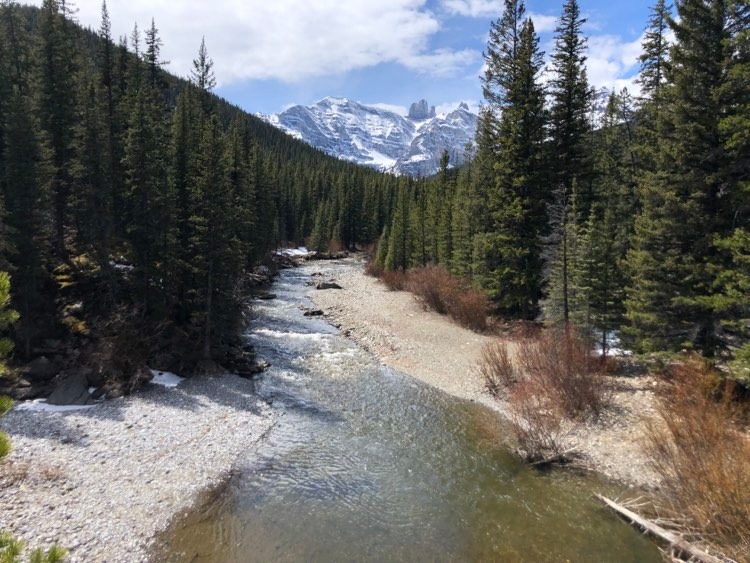
Become a Patron
As an added bonus, Patrons gain access to our best and most valuable content!
GAIN ACCESS TOO:
Patron-only newsletter
Exclusive content
Bushwhackers Community Forum
